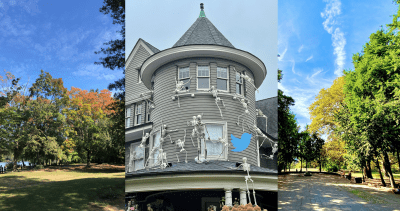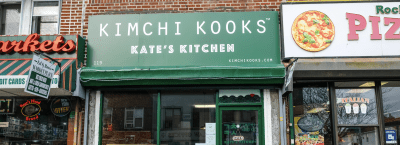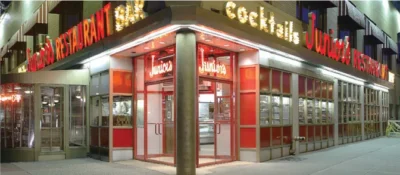Linden Street, courtesy of the Landmarks Preservation Commission
Linden Street becomes Bushwick’s first-ever historic district
The area is being honored for its 32 brick and brownstone row houses dating back to the late 19th century
Bushwick is getting its first-ever historic district.
That honor is going to part of Linden Street, from Broadway to Bushwick, which is home to 32 brick and brownstone row houses designed by Brooklyn architects and built between 1885 and 1901.
The city’s Landmarks Preservation Commission (LPC) announced the designation Tuesday with a unanimous vote, stating in a release that the houses “share common features such as continuous decorative cornices and complement each other to create a harmonious historic streetscape.”
Bushwick is one of the original six Brooklyn towns dating back to 1661 during the Dutch colonial period. The neighborhood remained rural until elevated train service began in 1885 and spurred development. The row houses were designed by various architects in several styles, including neo-Greek, the Queen Anne style and Renaissance Revival, according to the LPC.
“The Linden Street Historic District is the first historic district designated in Bushwick, and advances LPC’s equity goals,” said LPC Chair Sarah Carroll in the release. “The district contains some of the most strikingly artistic row houses in Brooklyn and is truly meritorious for its significant architecture, high integrity, and a strong sense of place.”
Historic districts, per the LPC’s website, receive the designation for “special historical, cultural, or aesthetic value to the City of New York, state or nation, is an important part of the City’s heritage.” As such, the LPC must approve in advance any alteration, reconstruction, demolition, or new construction that would alter the character of the district.
New York City Council Member Jennifer Gutiérrez, who represents Bushwick, said the designation is a “triumph” for the neighborhood and that the new historical district’s “striking collection of architecturally significant row houses stands out as an intact and distinctive example of South Bushwick’s late-19th-century development.”
You might also like 


























